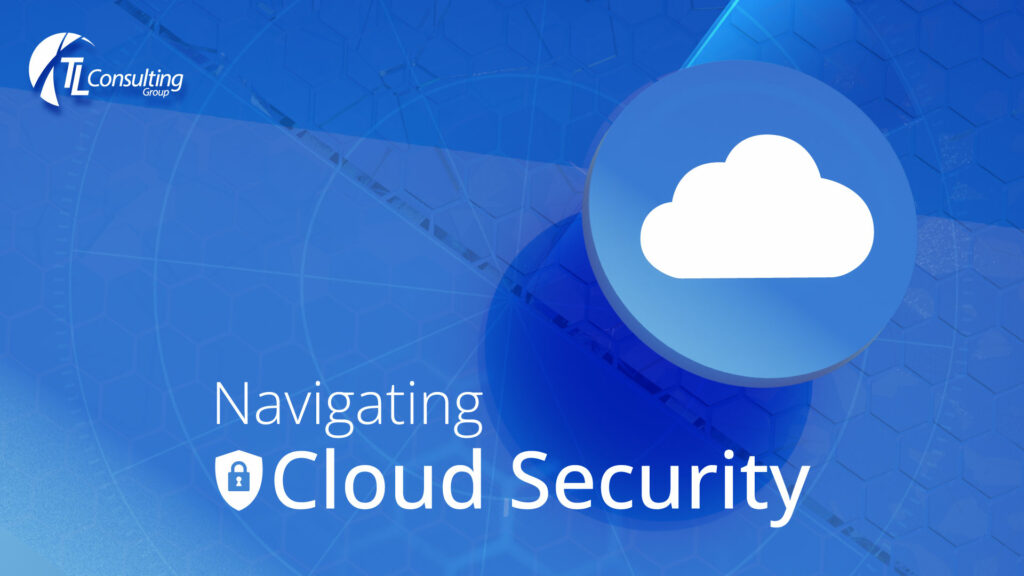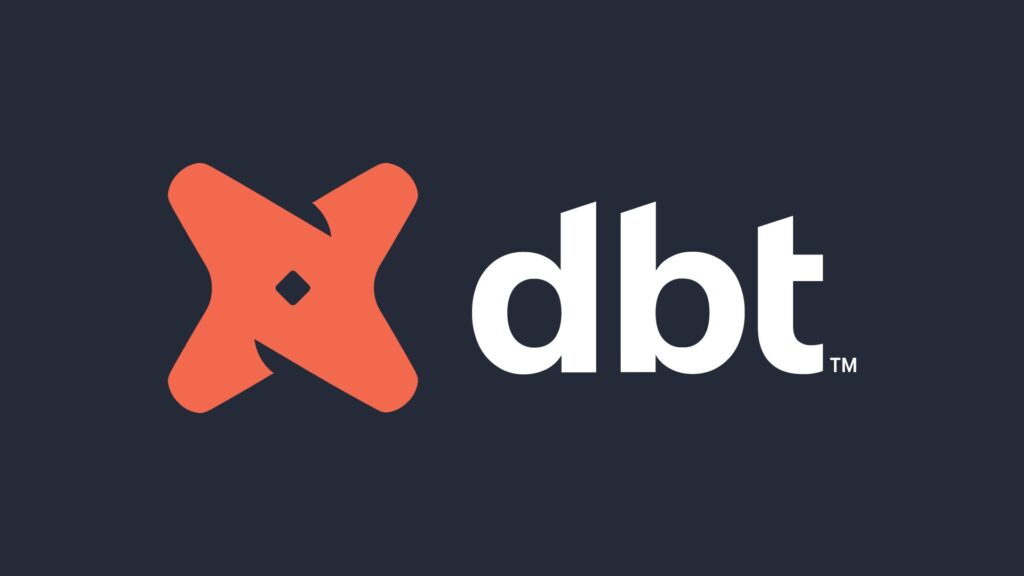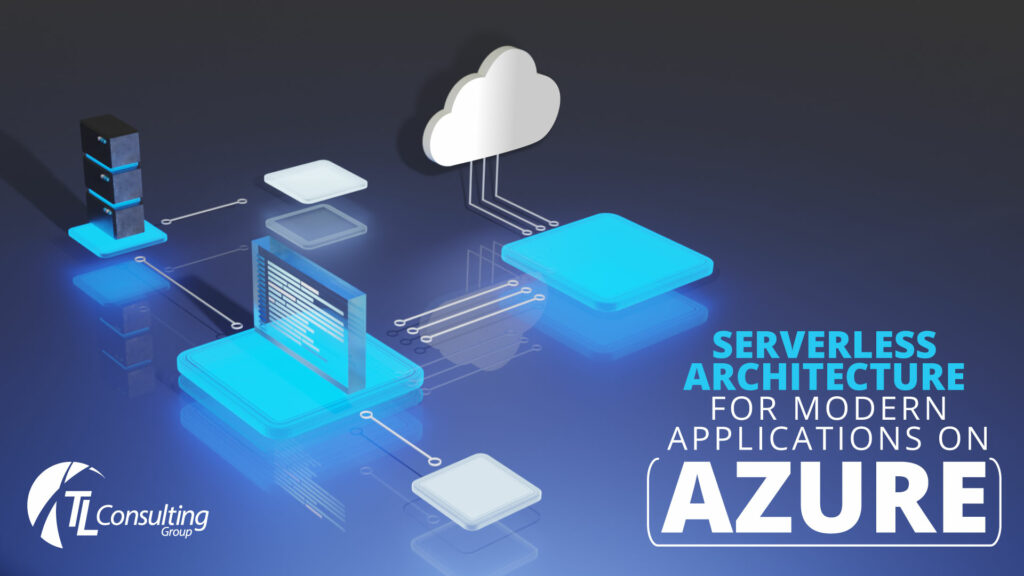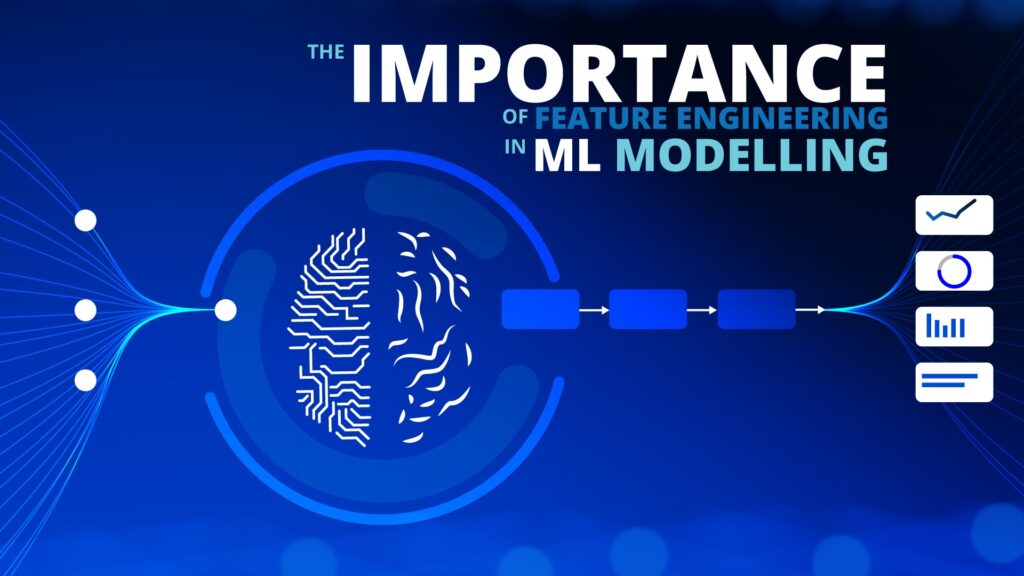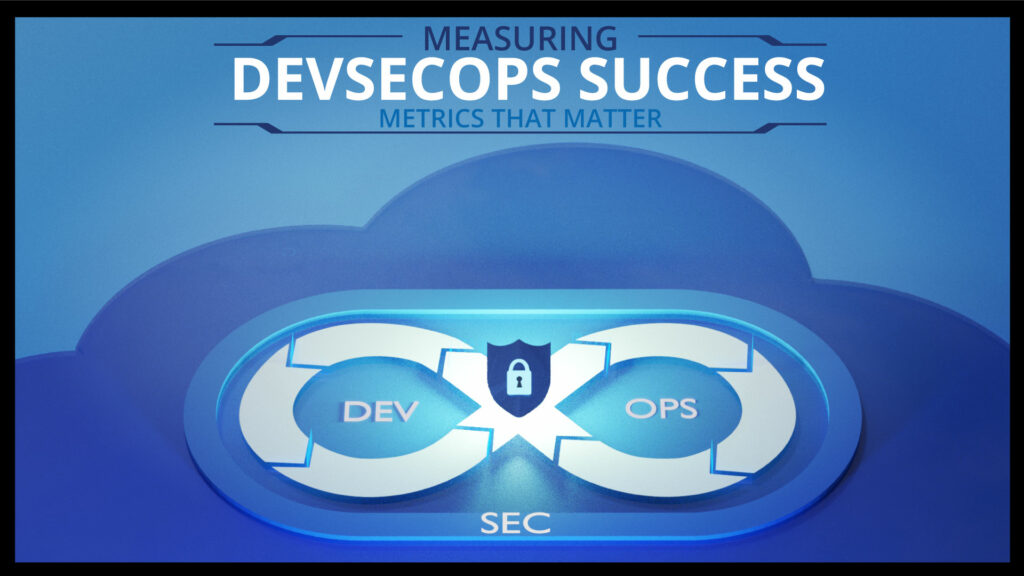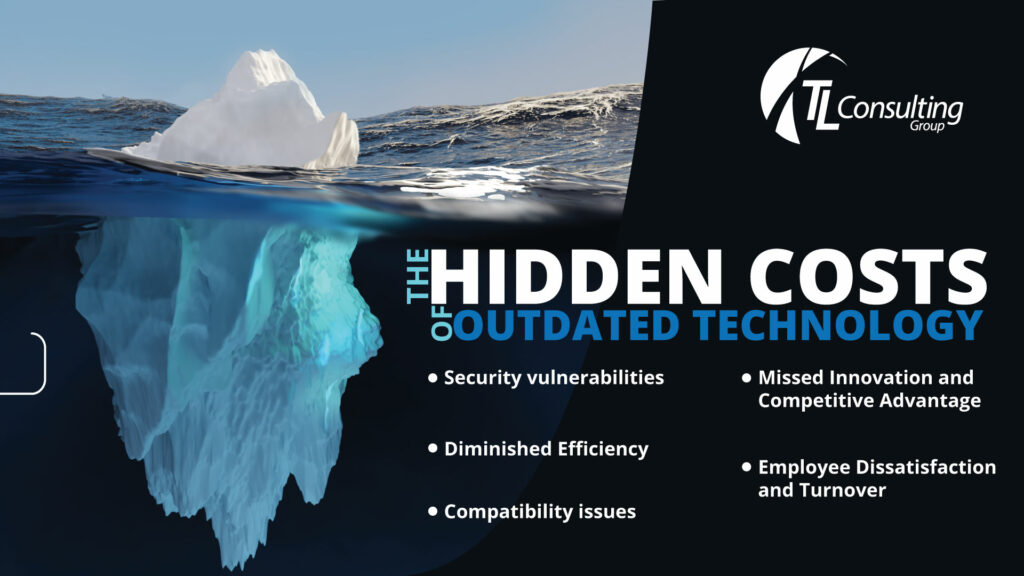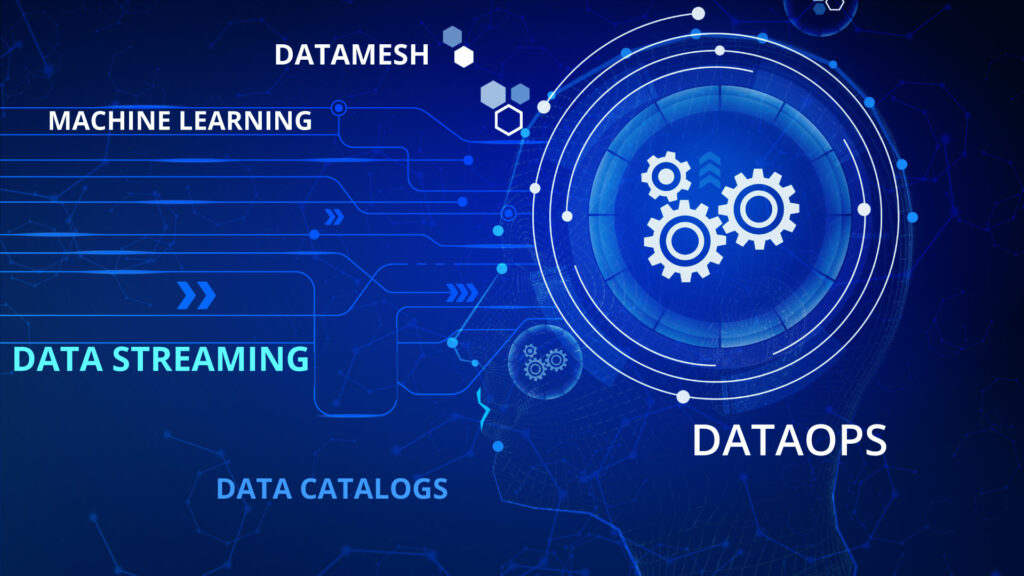Navigating Cloud Security
The cloud computing landscape has undergone a remarkable evolution, revolutionising the way businesses operate and innovate. However, this digital transformation has also brought about an escalation in cyber threats targeting cloud environments. The 2023 Global Cloud Threat Report, a comprehensive analysis by Sysdig, provides invaluable insights into the evolving threat landscape within the cloud ecosystem. In this blog post, we will explore the key findings from the report, combine them with strategic recommendations, and provide a comprehensive approach to fortifying your cloud security defences. Automated Reconnaissance: The Prelude to Cloud Attacks The rapid pace of cloud attacks is underscored by the concept of automated reconnaissance. This technique empowers attackers to act swiftly upon identifying vulnerabilities within target systems. As the report suggests, reconnaissance alerts are the initial indicators of potential security breaches, necessitating proactive measures to address emerging threats before they escalate into full-fledged attacks. A Race Against Time: Cloud Attacks in Minutes The agility of cloud attackers is highlighted by the staggering statistic that adversaries can stage an attack within a mere 10 minutes. In contrast to traditional on-premises attacks, cloud adversaries exploit the inherent programmability of cloud environments to expedite their assault. This demands a shift in security strategy, emphasising the importance of real-time threat detection and rapid incident response. A Wake-Up Call for Supply Chain Security The report casts a spotlight on the fallacy of relying solely on static analysis for supply chain security. It reveals that 10% of advanced supply chain threats remain undetectable by traditional preventive tools. Evasive techniques enable malicious code to evade scrutiny until deployment. To counter this, the report advocates for runtime cloud threat detection, enabling the identification of malicious code during execution. Infiltration Amidst Cloud Complexity Cloud-native environments offer a complexity that attackers exploit to their advantage. Source obfuscation and advanced techniques render traditional Indicators of Compromise (IoC)-based defences ineffective. The report underscores the urgency for organisations to embrace advanced cloud threat detection, equipped with runtime analysis capabilities, to confront the evolving tactics of adversaries Targeting the Cloud Sweet Spot: Telcos and FinTech The report unveils a disconcerting trend: 65% of cloud attacks target the telecommunications and financial technology (FinTech) sectors. This is attributed to the value of data these sectors harbour, coupled with the potential for lucrative gains. Cloud adversaries often capitalise on sector-specific vulnerabilities, accentuating the need for sector-focused security strategies. A Comprehensive Cloud Security Strategy: Guiding Recommendations Azure App Service provides a platform for building and hosting web apps and APIs without managing the infrastructure. It offers auto-scaling and supports multiple programming languages and frameworks. Conclusion: The 2023 Global Cloud Threat Report acts as an alarm, prompting organisations to strengthen their cloud security strategies considering the evolving threat environment. With cloud automation, rapid attacks, sector-focused targeting, and the imperative for all-encompassing threat detection, a comprehensive approach is essential. By embracing the suggested tactics, businesses can skilfully manoeuvre the complex cloud threat arena, safeguarding their digital resources and confidently embracing the cloud’s potential for transformation.
Navigating Cloud Security Read More »
Cloud-Native